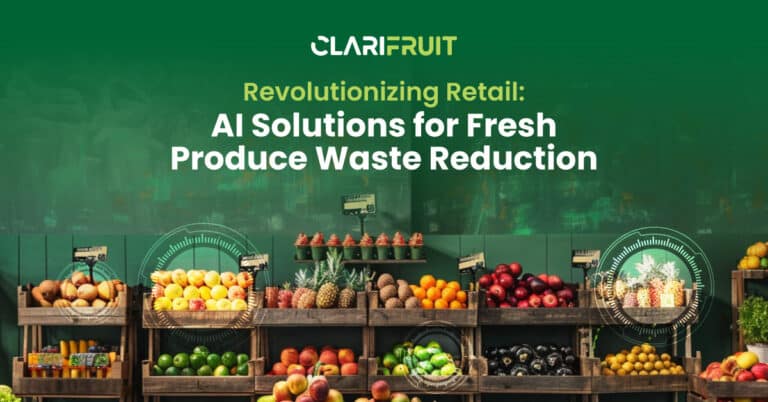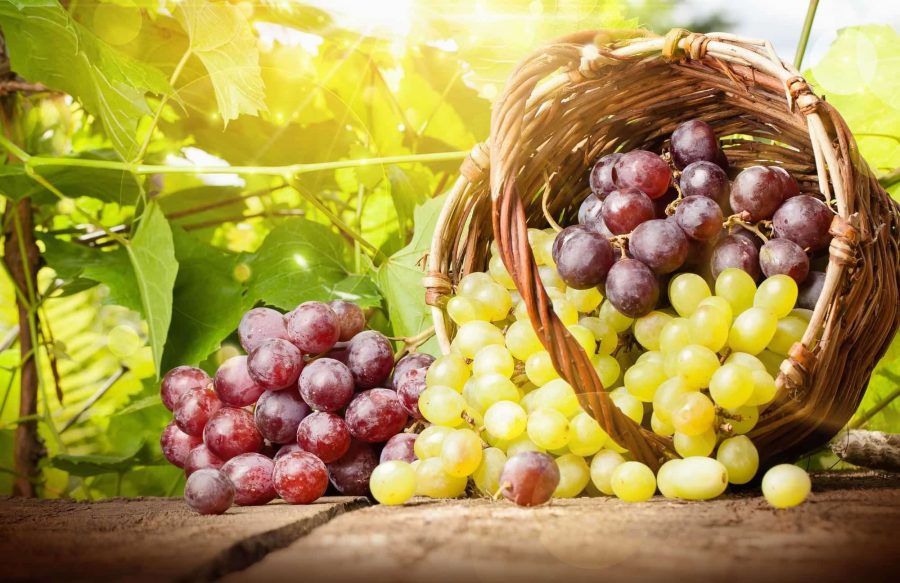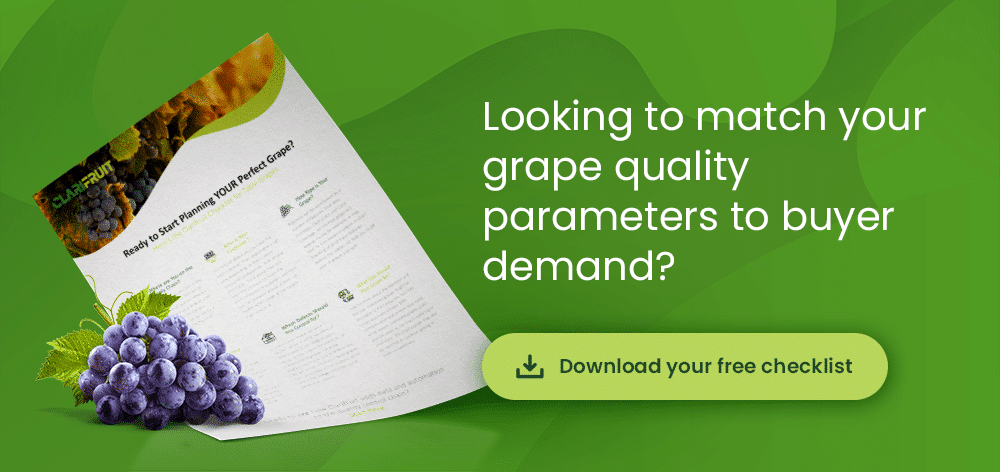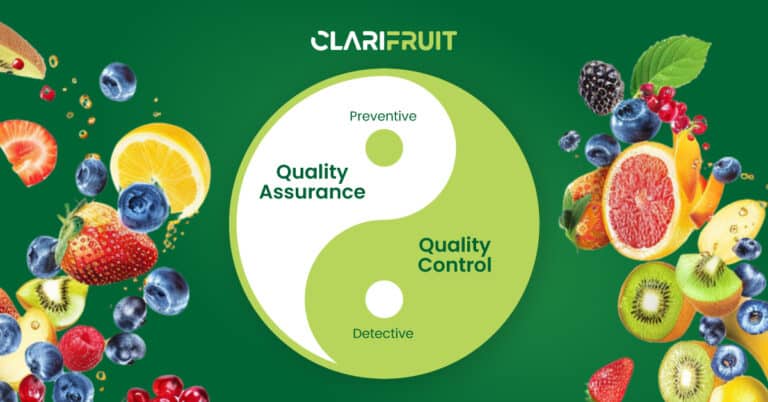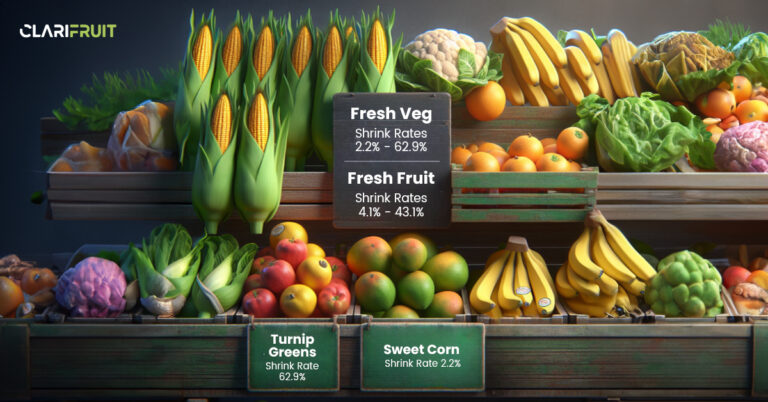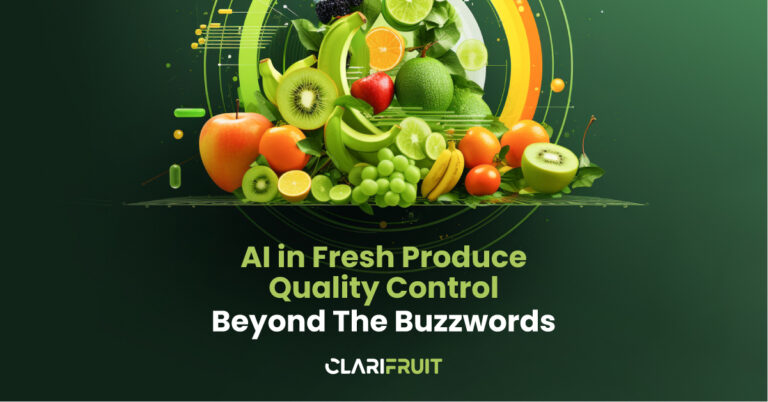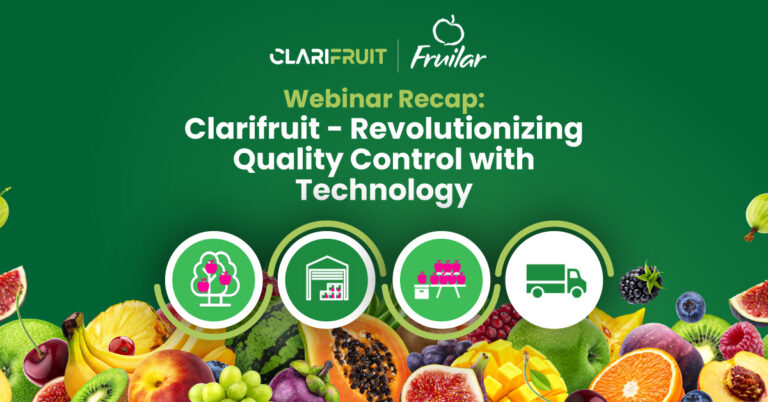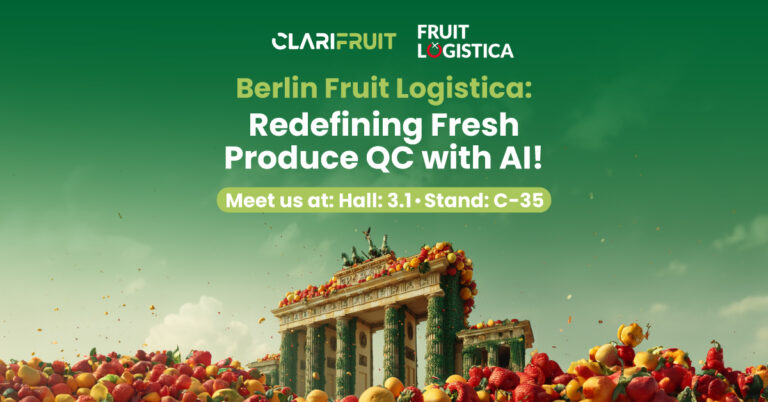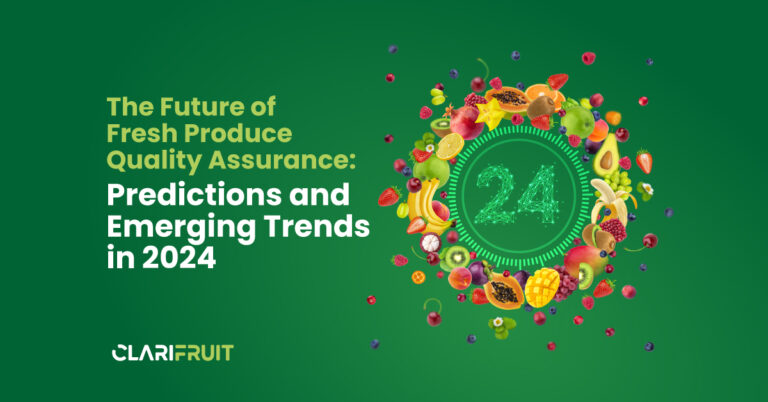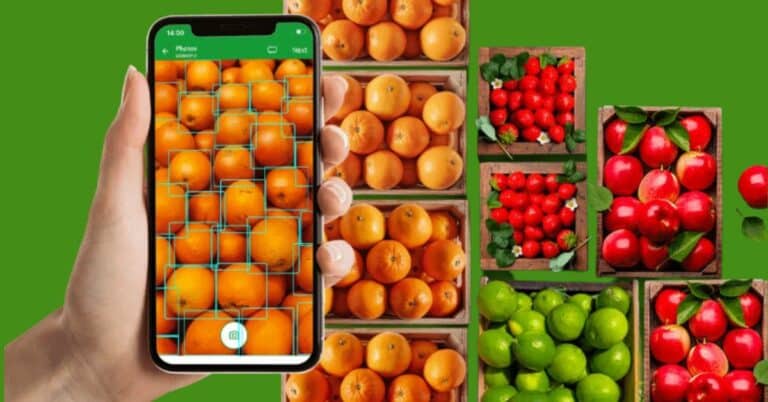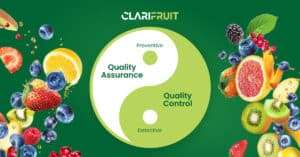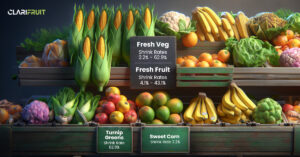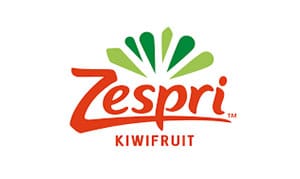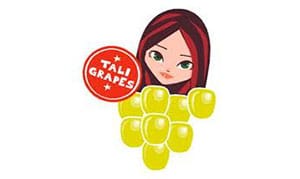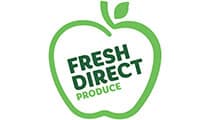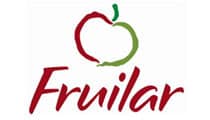When talking table grapes, you can probably summon up a picture in your mind of the perfect fruit. But did you know that this picture is probably vastly different depending on where you are in the world and that this significantly impacts grape QC? Here are just a few of the differences that you might experience.
Size Matters – Or Does it?
If you’re born in the US, you may well feel that the larger the grape, the better the quality. In California for example, some farmers will go to extreme lengths to get their grapes as large and plump as possible. One example is the Thompson seedless variety, which would usually grow between 1 to 2 grams each, but where girdling techniques are used can grow much larger, up to 5x their regular size.

Put a “girdle” on that vine: By scraping off a small section of the grapevine’s trunk, a farmer in California hopes to fatten up the fruit growing at the top. Courtesy of California Viticulure
In Japan, the Kyoho grape is seen as one of the most delicious grapes, especially for its large size and plump appearance. In some cases, these grapes can be as large as plums! These are an expensive and popular treat, the bigger the better!

However, in many cases, the larger the grape, the more muted the flavor, so if you’re looking for that ‘wow’ pop of taste, you may want to reach for the smaller varieties. This is also true with the drive for a monochromatic type of grape that is all the same color. While this has grown in popularity with the consumer, a golden blush can often show that the grape is at a good stage of ripeness, and an overly-large, plump, single-colored grape could be seen as ‘scary’ or lab-grown to a less western audience.
More proof if you need it that tastes change with consumer demand, in the early 1980’s, when small or baby-sized vegetables started to become popular, champagne grapes were reintroduced to the consumer market, tiny, sweet and crunchy.
I’m in Love with the Shape of the Grape
Different hormones can also influence the shape of the grapes, such as Gibberellic acid that can help the grapes to grow longer and more cylindrical in shape. Moondrop grapes are the result of crossbreeding different grapes, and are longer in appearance, and have been said to keep the flavor sweeter for longer.
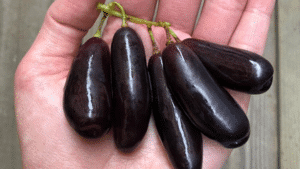
In some cultures, curved grapes can be desirable, such as the Sonaka grape from India, which are long, bright in color, and curved, and may seem very strange to a western eye.

Taking Perfect off the Table (Grape)
At Clarifruit, we’re not looking to create the perfect grape, or the perfect nectarine, tomato, banana or anything else, because we know that doesn’t exist. The idea of the perfect fresh produce will vary depending on where you are on the value chain, the country you’re working in, consumer tastes, and the use case of the fruit on the table, to name just a few considerations. Our customers also need to think about matching their produce to demand, and adding specific grape QC parameters depending on who their buyers might be, and what they’re asking for.
That’s why we leave the grape QC variables up to you – allowing you to standardize your fresh produce quality control process from end to end with exactly what you need to reduce waste and increase profits.
Ready to start planning the perfect grape? Download our ultimate grape checklist.
